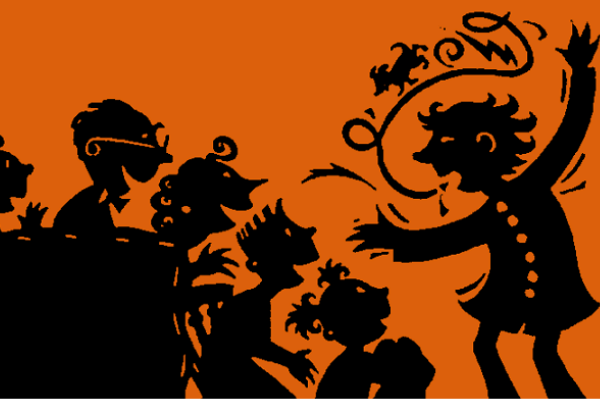People living in the 20th century know so much about their ancestors and past events. How are we able to visualize someone else’s life events? How are we able to connect with characters that we haven’t physically met? There had to be a medium by which that information was passed, a medium so strong that it brought people together, for example, The Bible.
This is one example of the art of storytelling. Today corporate leaders across the world look for people with this unique and adaptable talent because they are able to build a sense of community. A study done by a team of scientists from Princeton, led by Uri Hasson, confirms that both the storyteller and the listener have similar brain activity during the act of storytelling.
Consider using the five elements mentioned below to serve as building blocks for a good story. Use these to develop a meaningful engagement with your listeners.
- Structure:
For any story to be engaging, listeners should be able to identify the start and the end. Structure binds the listeners to the story; words turn to images and take the listeners on a visual escapade. There can be one or multiple loops to the story, however one thing should lead to another and finally to the climax. Steve Jobs’ 2005 Stanford University Commencement Speech is a perfect example of excellently structured stories. - Characters:
Build characters in your story – have villains and heroes; these could be people or metaphors for problems and solutions. Characters define roles and responsibilities and are instruments in structuring the story. The leadership fable Five Dysfunctions of a Team revolves around the CEO and her team of executives. The author uses the characters and their behaviors to illustrate the problems of a team and the benefits of overcoming the challenges. - Relevance:
Look for stories that link to the objective(s). Use your story to serve as an extension to your objectives. This could be accomplished by using analogies or examples from within the organization or outside. Real life stories within the organization also aids in building a community and creating a culture that benefits the organization. In their book Ubuntu, authors Stephen Lundina and Bob Nelson talk about an African concept of teamwork and collaboration and how the concept changes the culture of an organization.
- Authenticity:
Listeners should have a reference point. Pick a story that revolves around the listener’s world so that there is familiarity and inherent trust in the story and the end objective. Employees tend to be more motivated when they hear success stories from within the organization or about the organization itself.
- Moral of the story:
Stories with meaningful messages leave long lasting memories. Stories will be mere words if there are no takeaways. There are many well-written books with clear takeaways, but one that stands out for its messages and learning is Prakash Iyer’s The Secret of Leadership.
A good story can have a long lasting impact as synergy occurs between the teller and the listener. It is an excellent skill to build loyalty and motivate people. Try incorporating these elements of storytelling in your next workshop and experience the engagement for yourself.










